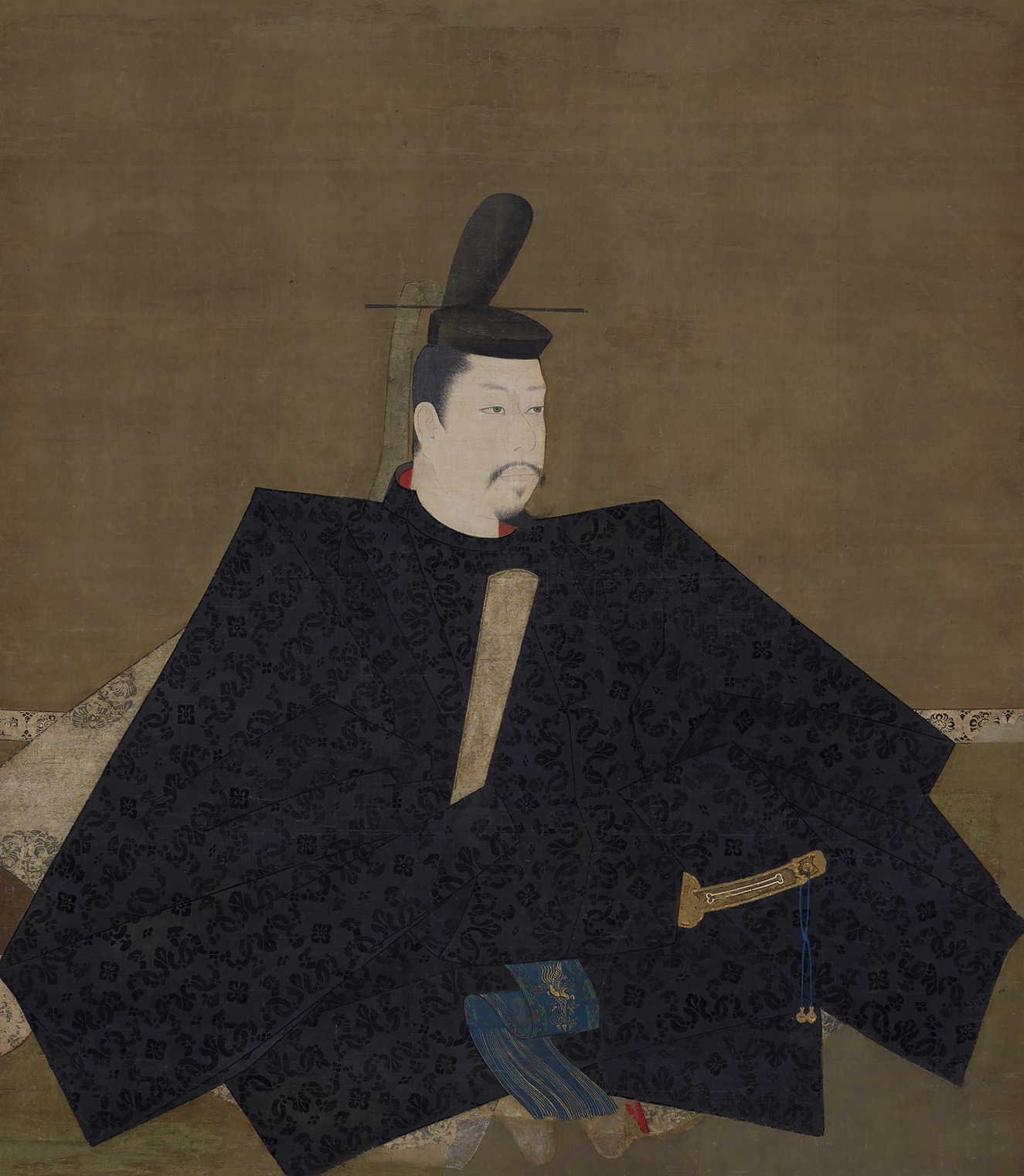- TOP
- The KNM Collection
- Masterpieces of the KNM
- Portraiture
- Attributed to Minamoto Yoritomo
*Click or tap image to enlarge.
Portraiture
Attributed to Minamoto Yoritomo
- Japan, Kamakura Period, 13th century
- Hanging scrolls; color on silk
- D. 143.0 cm, W.112.8 cm
- Jingo-ji Temple, Kyoto
These superb portraits were originally two of a set of portraits belonging to Sento-in, a sub-temple of Jingo-ji. Other portraits in this set depicted Emperor Go-Shirakawa, FujiwaraMitsuyoshi, and Taira-no-Narifusa. These two and that of Fujiwara Mitsuyoshi are the only extant portraits today.
These paintings are attributed to Fujiwara Takanobu, an accomplished likeness painter. They differ from ordinary nise-e (likeness paintings), which were usually painted on small-size paper.
The square shoulders and straight sleeves of the formal court costumes form a triangular and stable composition, creating a dignified atmosphere. These portraits reflect a new trend in art, entirely different from the prevailing aestheticism during the cloistered government period. The designs of arabesque vines on the ho (formal court robes) show a freshness without formalism or deformation. The subtle, three-dimensional expressions of the faces reflect the trend towards realism in the early Kamakura Period.
These works are, without question, the finest existing masterpieces of early Kamakura Period yamato-e portraiture.







